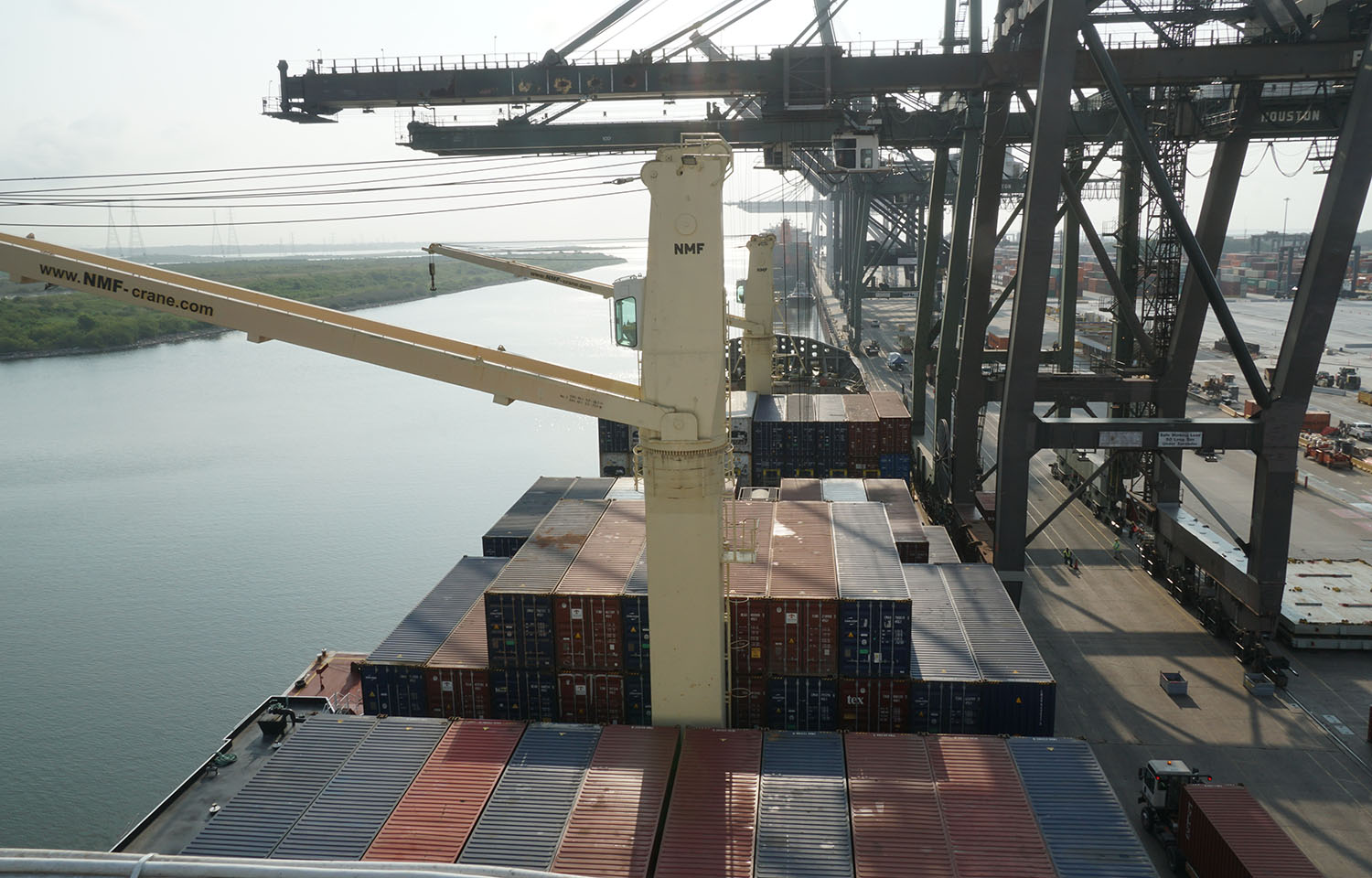Continued global shipping disruptions, fluctuating demand, port strikes, and price increases are all combining to create a volatile environment for global shipping.
CNBC reported that freight rates are rising, with concerns that ocean cargo prices could reach as high as USD 20,000 (EUR 18,550) in 2025. ITS Logistics Vice President Paul Brashier told the media outlet that limited vessel capacity has forced shippers to move to the spot market, driving up prices.
According to CNBC, prices had jumped 36 to 41 percent month over month as of mid-June, and ocean carriers had increased general rates by as much as 140 percent.
Bottlenecks at port terminals, CNBC said, are also causing increases – despite data also indicating that container bookings were down 48 percent in June compared with May.
DHL reportedly warned that there is continued congestion at key Southeast Asian and Chinese ports, with vessels in Singapore waiting an average of seven days to get into a port.
The bottlenecks could also be compounded as the International Longshoremen’s Association (ILA) is continuing to negotiate its labor contract. The association represents port workers in East Coast and Gulf Coast ports in the U.S., and with a lack of progress on labor talks, CNBC is reporting the threat of a strike is rising.
At the core of the labor dispute is companies like Maersk using increased automation for certain port functions, violating the union’s contract.
“Here we go again! This is another example of USMX [U.S. Maritime Alliance] members unilaterally circumventing our coast-wide Master Contract. This is a clear violation of our agreement with USMX, and we will not tolerate it any longer,” the ILA said in a press release.
As concerns that a lack of an agreement could lead to a strike increase, some shippers are reportedly sending vessels to the West Coast to avoid the risks. However, that shift could end up causing delays at West Coast ports.
The overall volatility comes as prices are continuing to climb. The Shanghai Containerized Freight Index increased to USD 3,714 (EUR 3,445) on 28 June – a level not seen since the Covid-19 pandemic.
One reason for the increases in costs is rooted in attacks against shipping companies in the Red Sea by the Yemen-based Houthi militia, which experts predicted earlier in the year would be an issue for shippers throughout 2024.
DHL warned that the longer routes that shipping companies need to make to avoid the Red Sea would result in more containers being on the water for longer – which would cause a shortage of available shipping containers.
Despite the higher costs and issues, a survey conducted by data firm Container xChange on its platform found that although shipping traders and leasing companies in the U.S. are seeing fierce competition, there are no significant hurdles in liquidating inventory.
“This comes as a positive sign for the container logistics market in the U.S., despite the broader global uncertainties and challenges,” the firm said.
Trade data for May 2024 indicates the U.S. imported 6.2 percent more goods than it did in April and 11.9 percent more goods compared to the same month in 2023.
“While the market shows positive signs, operational challenges such as port congestion, labor shortages, and logistical bottlenecks continue to pose risks. These issues can cause delays and increase costs for traders,” Container xChange Co-Founder and CEO Christian Roeloffs said.
The Texas Gulf Coast also reported strong container movement in May despite labor fears. Port Houston in Houston, Texas, reported a 21 percent year-over-year increase in handling of 20-foot equivalent units in the month, FreightWaves reported.
“For the month of May, compared to 2023, our business remains very strong,” Port Houston Executive Director Roger Guenther said during a monthly commission meeting.








